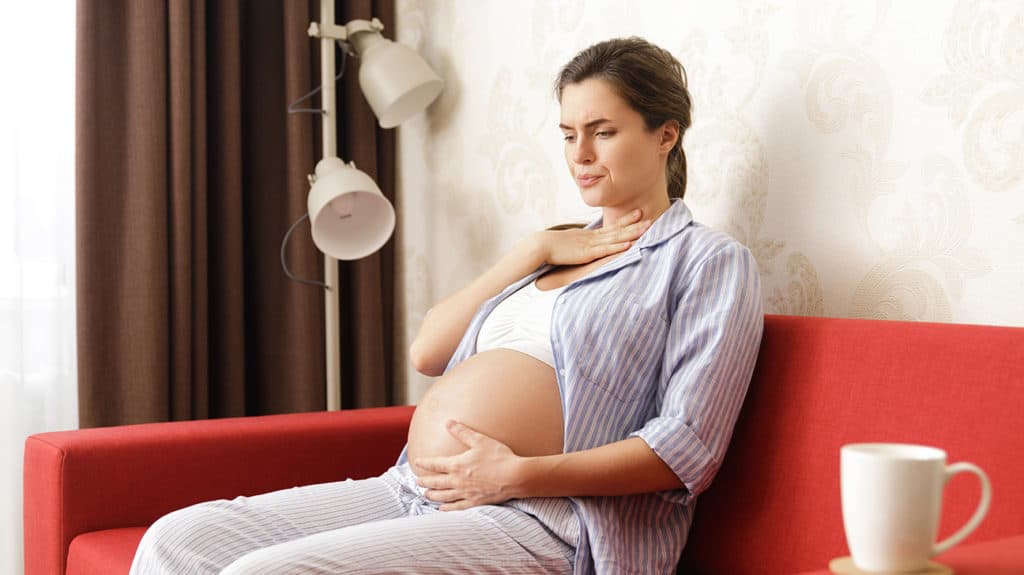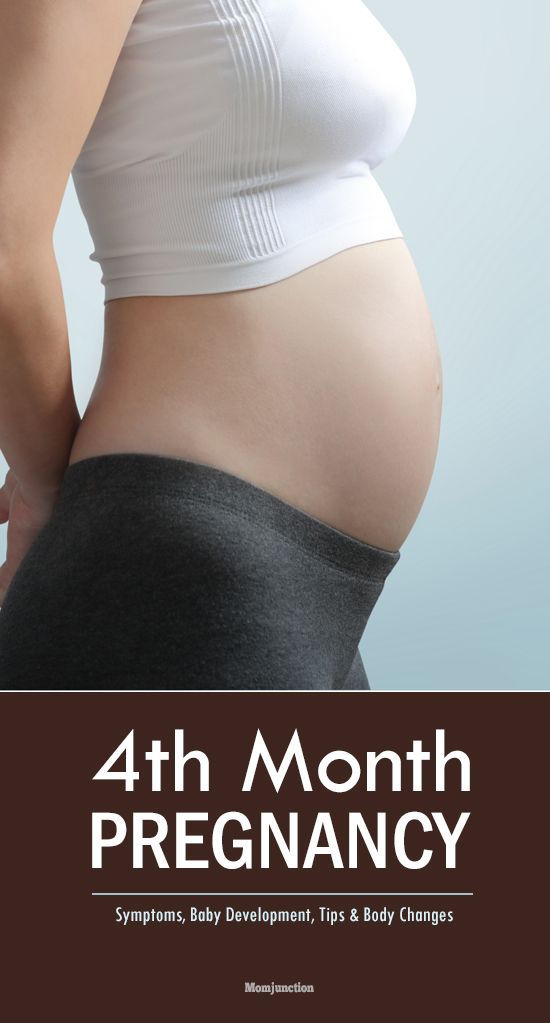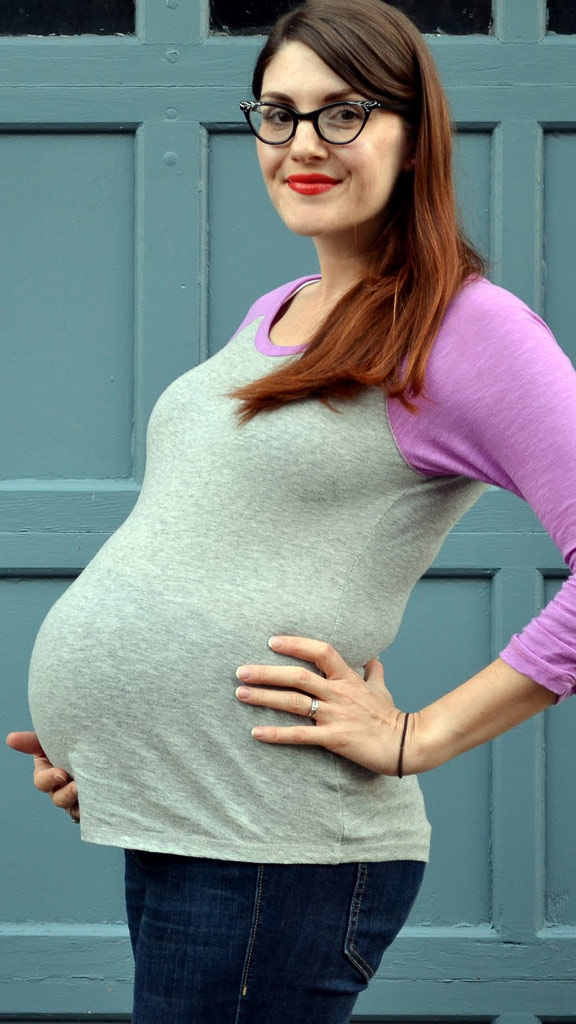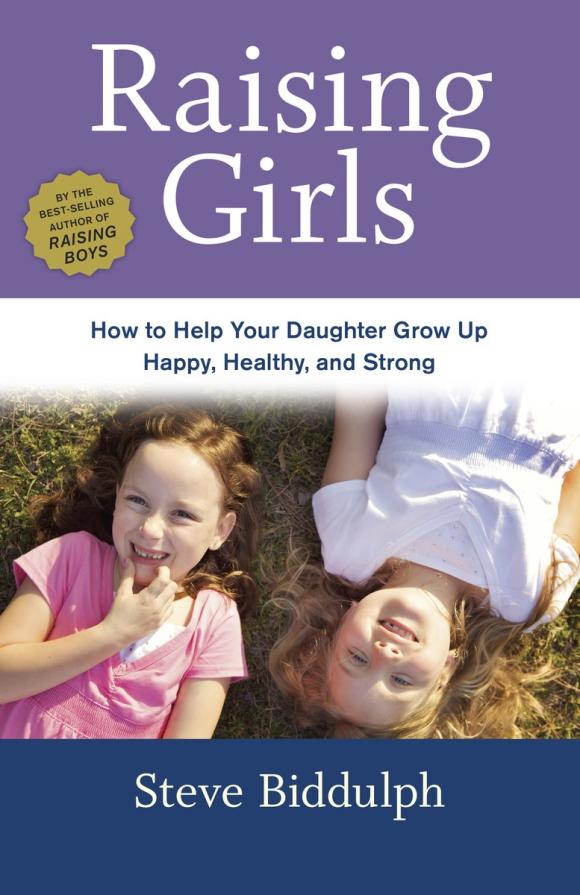Movements during pregnancy
Your baby's movements - NHS
When you'll feel your baby move
You should start to feel your baby move between around 16 to 24 weeks of pregnancy. If this is your first baby, you might not feel movements until after 20 weeks.
If you have not felt your baby move by 24 weeks, tell your midwife. They'll check your baby's heartbeat and movements.
You should feel your baby move right up to and during labour.
Other people cannot feel your baby move as early as you can. When they can feel the movements, by putting a hand on your bump, is different for everyone.
What your baby's movements feel like
The movements can feel like a gentle swirling or fluttering. As your pregnancy progresses, you may feel kicks and jerky movements.
Urgent advice: Call your midwife or maternity unit immediately if:
- your baby is moving less than usual
- you cannot feel your baby moving anymore
- there is a change to your baby's usual pattern of movements
They'll need to check your baby's movements and heartbeat.
Do not wait until the next day – call immediately, even if it's the middle of the night.
How often should your baby move?
There's no set number of movements you should feel each day – every baby is different.
You do not need to count the number of kicks or movements you feel each day.
The important thing is to get to know your baby's usual movements from day to day.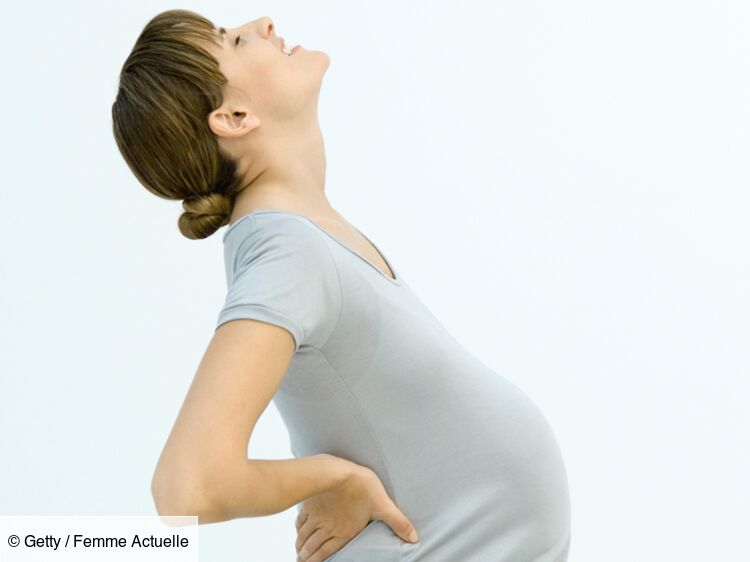
Important: Important
Do not use a home doppler (heartbeat listening kit) to try to check the baby's heartbeat yourself. This is not a reliable way to check your baby's health. Even if you hear a heartbeat, this does not mean your baby is well.
Why your baby's movements are important
If your baby is not well, they will not be as active as usual. This means less movement can be a sign of infection or another problem.
The sooner this is found out the better, so you and your baby can be given the right treatment and care.
This could save your baby's life.
Can your baby move too much
It's not likely your baby can move too much.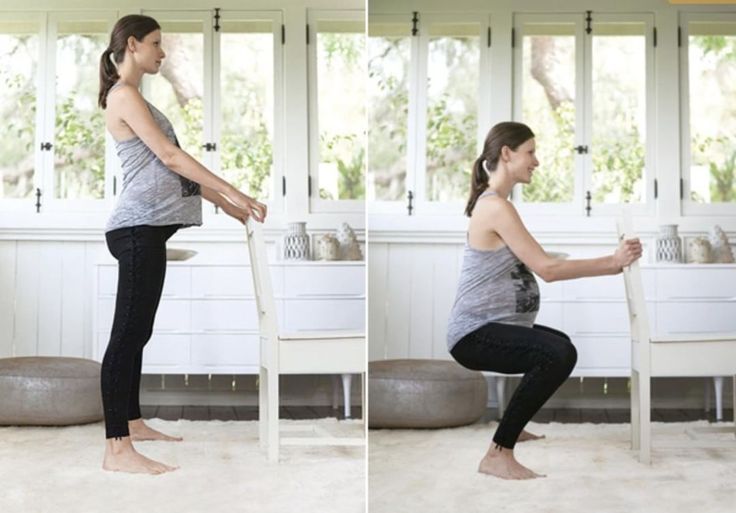 The important thing is to be aware of your baby's usual pattern of movements.
The important thing is to be aware of your baby's usual pattern of movements.
Any changes to this pattern of movements should be checked by a midwife or doctor.
Find out more
- Tommy’s: baby movements in pregnancy
- Royal College of Obstetricians and Gynaecologists: your baby’s movements in pregnancy
- signs that labour may be starting
Page last reviewed: 12 October 2021
Next review due: 12 October 2024
Baby movements in pregnancy | Tommy's
Maternity care is still essential during the coronavirus pandemic and services are still running. If you have any concerns about your baby's movements call your midwife or maternity unit immediately.
You may feel your baby move as early as 16 weeks of pregnancy, but most women usually feel something between 18 and 24 weeks. If this is your first pregnancy, you may not notice your baby’s movements until you are more than 20 weeks pregnant.
If this is your first pregnancy, you may not notice your baby’s movements until you are more than 20 weeks pregnant.
Tommy's has developed a guide to baby movements in partnership with NHS England on baby's movements in pregnancy. It is available in ten languages at the bottom of this page.
What does a movement feel like?
Baby movements in the womb, also known as fetal movements or ‘kicks’, can feel like anything from a flutter, kick, swish or roll. The type of movement may change as your pregnancy progresses.
How often should my baby move?
There is no set number of normal movements you should be feeling – every baby is different. Get to know how your baby moves.
From 18-24 weeks on you should feel the baby move more and more. After 32 weeks, the movements will stay roughly the same until you give birth.
- It is NOT TRUE that babies move less towards the end of pregnancy.
- You should CONTINUE to feel your baby move right up to the time you go into labour and during labour.

Get to know your baby’s normal kicks and movements.
DO NOT WAIT until the next day to seek advice if you are worried about your baby’s movements
Contact your midwife or maternity unit immediately if you think your baby’s movements have slowed down, stopped or changed. There are staff on the hospital maternity unit 24 hours a day, 7 days a week.
- DO NOT put off calling until the next day to see what happens.
- Do not worry about phoning. It is important for your doctors and midwives to know if your baby’s movements have slowed down or stopped.
Find out what should happen when you report reduced fetal movement
Why are my baby’s movements important?
Feeling your baby move is a sign they are well.
If your baby moves less or if you notice a change this can sometimes be an important warning sign that a baby is unwell. If you get the right treatment and care as soon as you can this could save your baby’s life.
Is there anything that can affect being able to feel my baby move?
You may be less likely to be aware of your baby’s movements when you are active or busy.
If your placenta is at the front of your uterus (womb), it may not be easy for you to feel your baby’s movements. If your baby’s back is lying at the front of your uterus, you may feel fewer movements than if his or her back is lying alongside your own back.
But don’t assume this is why you can’t feel your baby’s movements. If you think your baby’s movements have slowed down, stopped or changed contact your midwife or maternity unit immediately. It’s always best to get checked.
Your baby lying head down or bottom first will not affect whether you can feel them move.
Can I make my baby move?
No, you should not try to make your baby move. If you think your baby’s movements have slowed down, stopped or changed contact your midwife or maternity unit immediately.
Can I use a home doppler to check on my baby?
Do not use any hand-held monitors, dopplers or phone apps to check your baby’s heartbeat. Even if you think you detect a heartbeat, this does not mean your baby is well because it might be your own heartbeat. You need to be checked by a healthcare professional.
Even if you think you detect a heartbeat, this does not mean your baby is well because it might be your own heartbeat. You need to be checked by a healthcare professional.
Find out more about why using home devices are not a safe way of checking your baby’s health.
You need to be monitored by a cardiotocography machine or a midwife who can interpret the baby’s heartbeat.
Any care or treatment that could save a baby needs to be done when the baby has a heartbeat.
What happens if my baby's movements have slowed down?
Less than 24 weeks pregnant
Contact your midwife if you have never felt your baby move by 24 weeks. They will check your baby’s heartbeat. You may have an ultrasound scan and you may be referred to a specialist fetal medicine centre to check your baby's health.
Between 24 and 28 weeks pregnant
You should contact your midwife or local maternity unit immediately. Do not wait until the next day or next appointment.
You will have a full antenatal check-up that includes checking the size of your uterus, measuring your blood pressure and testing your urine for protein.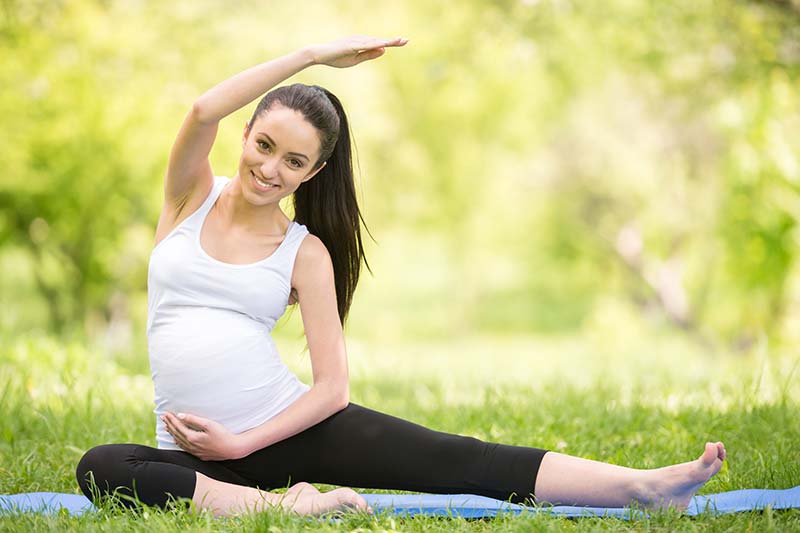 If your uterus measures smaller or larger than expected, you may have an ultrasound scan to check on your baby’s growth and development.
If your uterus measures smaller or larger than expected, you may have an ultrasound scan to check on your baby’s growth and development.
Over 28 weeks
You should contact your midwife or local maternity unit immediately. Do not wait until the next day or next appointment.
You will have a full antenatal check-up, your baby's heart rate will be monitored to reassure you about your baby's wellbeing. This is done with a cardiotocograph monitor.
An ultrasound scan may be arranged if:
- your womb is smaller or larger than expected
- you have a high risk pregnancy
- the heart rate is normal but you still feel that your baby's movements are slower or less
- you have had reduced fetal movements already in your pregnancy.
If the movements have slowed down does it mean my baby is not well?
Fewer movements could mean that your baby is unwell, but usually these checks reveal that everything is OK. Most women who have experienced one episode of fewer movements go on to have a straightforward pregnancy and healthy baby.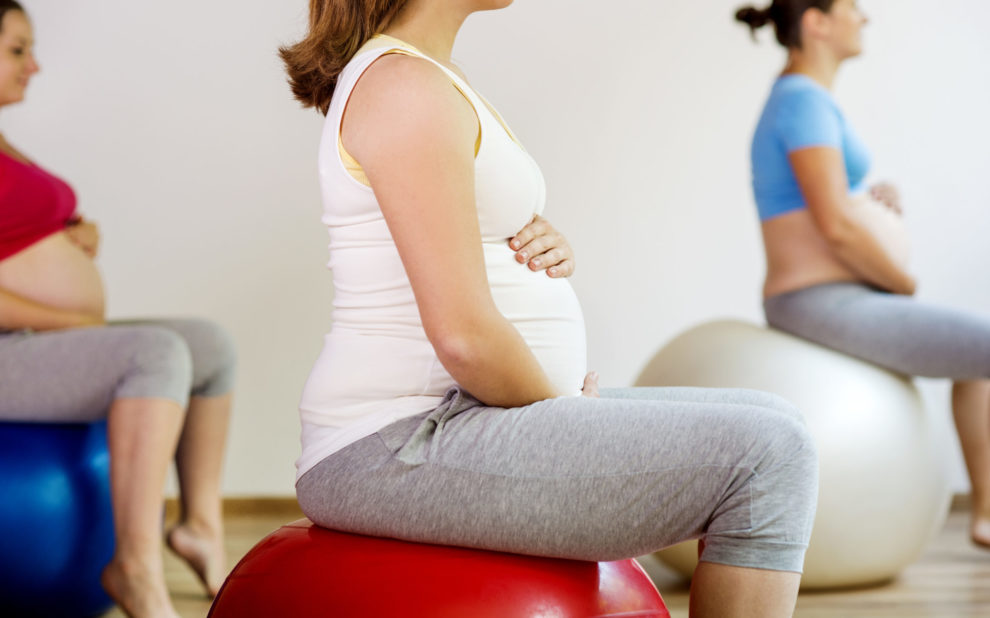 However it is very important that you are checked to make sure everything is OK.
However it is very important that you are checked to make sure everything is OK.
What if my baby’s movements are reduced again?
If, after your check up, you are still not happy with your baby’s movement, you must contact either your midwife or maternity unit straight away, even if everything was OK last time.
NEVER HESITATE to contact your midwife or the maternity unit for advice, no matter how many times this happens.
Download the leaflet
The leaflet Feeling your baby move is a sign that they are well is available to download in English and many different languages.
12 exercises for pregnant women recommended by doctors
Iya Zorina
Author of Lifehacker, athlete, CCM
Share
0Why do exercises for pregnant women
Scientists and doctors agree that pregnancy is not a reason to stop training. It is worth Exercise in pregnancy to continue to engage in your usual physical activity as long as you feel comfortable doing it.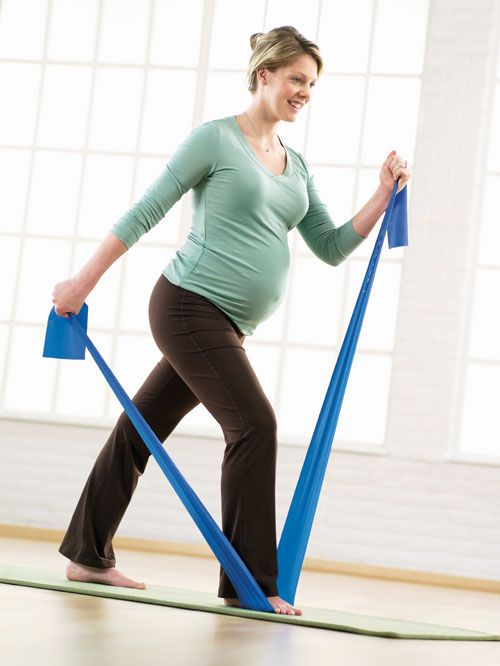
In addition, women who are inactive before pregnancy are advised to add more movement, as exercise provides several benefits:
- Exercise in pregnancy, Exercise in Pregnancy strengthens muscles, which helps you better cope with the extra weight you will gain during pregnancy ;
- improve blood circulation;
- strengthen joints;
- help with back pain that can develop as the belly grows;
- have a positive effect on the duration of labor and its outcome;
- reduce the risk of complications in late pregnancy and childbirth.
The American College of Sports Medicine recommends Exercise in Pregnancy for pregnant women to do at least 30 minutes a day most of the week. But this applies to healthy women without contraindications to exercise.
How to know if you can do pregnancy exercises
While healthy women have little to no contraindications to exercise, there are several conditions where physical activity can be harmful.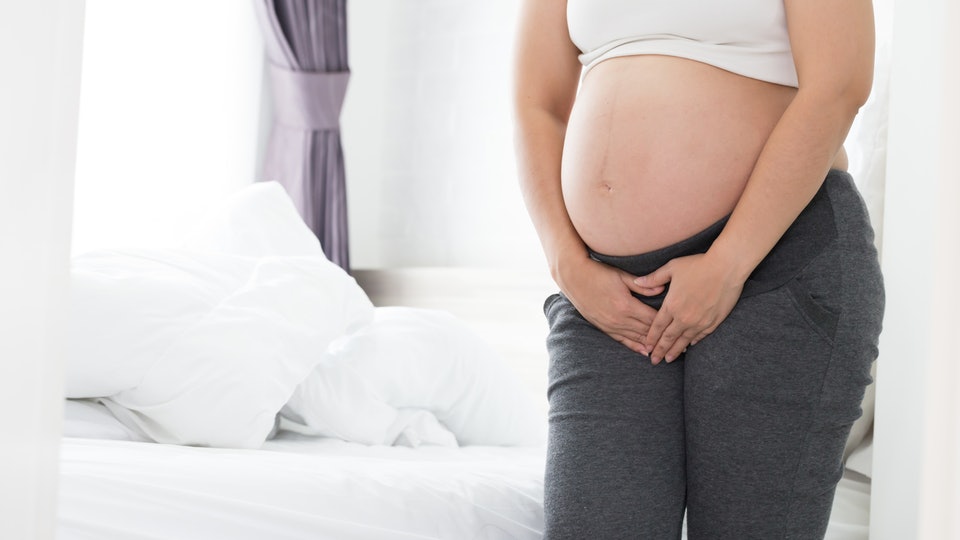
Exercise during pregnancy is contraindicated Exercise in Pregnancy for:
- gestational hypertension;
- preeclampsia;
- rupture of membranes;
- cervical insufficiency;
- bleeding in the second or third trimester;
- multiple pregnancies at risk of preterm delivery;
- placenta previa;
- threatened preterm birth.
Exercise caution should also be exercised in cases of growth restriction, extreme weight, and poorly controlled comorbidities such as type 1 diabetes, hypertension, seizure disorders, and thyroid disease.
Even if you feel fine and do not have any illness, please consult your pregnancy doctor before beginning any activity.
He will assess the risks and your level of activity before pregnancy and will give recommendations on the types, intensity and duration of activities.
Things to consider when doing exercises for pregnant women
First of all, it is worth reducing the intensity to a comfortable level. Stick to the Conversation Rule: If you can carry on a conversation during a workout without getting out of breath, the intensity is right.
Stick to the Conversation Rule: If you can carry on a conversation during a workout without getting out of breath, the intensity is right.
If you did not exercise before pregnancy, start with 15 minutes of exercise a day. Gradually bring this time up to 30 minutes, but not quickly - focus on the sensations of your body and do not overload.
Also follow a few rules:
- always warm up before training and cool down after training;
- avoid strenuous exercise in hot conditions;
- drink enough water;
- if you are going to work with a trainer, make sure that he has a special education and tell him about the pregnancy.
Exercises to avoid during pregnancy
There are several types of exercises that can Exercise in pregnancy, Exercise in Pregnancy cause unwanted effects or make you uncomfortable:
- Movements in which you lie on your back for a long time (after 16 weeks pregnant). Because the weight of the abdomen compresses the main blood vessels that bring blood to the heart, lying on your back can cause weakness.

- An activity that requires you to stand for a long time.
- Contact sports that increase the risk of getting hit.
- Exercises and activities that can lead to a fall. If you feel insecure, ask your relatives to insure.
Pregnancy exercises, Exercise in pregnancy
Here are some safe exercises Slide show: Pregnancy exercises, Exercise in pregnancy for pregnant women that you can do if there are no contraindications.
1. Wall push-ups
This exercise will strengthen the chest muscles and the back of the shoulders.
Stand one step away from the wall with your feet hip-width apart. Press your palms against the wall at shoulder level, bend your elbows, and do a push-up. Keep your back straight, do not spread your elbows to the sides, place your shoulders at an angle of 45 ° from the body. Gradually work your way up to 15 reps.
2. Fitness Ball Squat
This exercise strengthens your hips and back, improves your ability to get into and out of a chair with new weight and a shifted center of gravity.
Stand up straight with a fitness ball between your lower back and a wall. Place your feet shoulder-width apart. Lower yourself down to a right angle at the knees. Make sure your heels do not come off the floor.
If you find it difficult to squat to a right angle at the knees, do the exercise as low as you can. Then straighten your legs, returning to the starting position, and repeat the movement.
If you feel unsure, ask someone to stand next to you to help you if you lose your balance. Perform 10-12 times.
3. Leg raises on all fours
This exercise strengthens the muscles of the back and abdomen.
Get on all fours, place your wrists under your shoulders, straighten your arms. Raise your right knee and straighten your leg back parallel to the floor. Return it to the floor and repeat on the other side. Do 10 reps with each leg.
4. Steps
A functional movement that will help you strengthen your legs and buttocks and improve your sense of balance.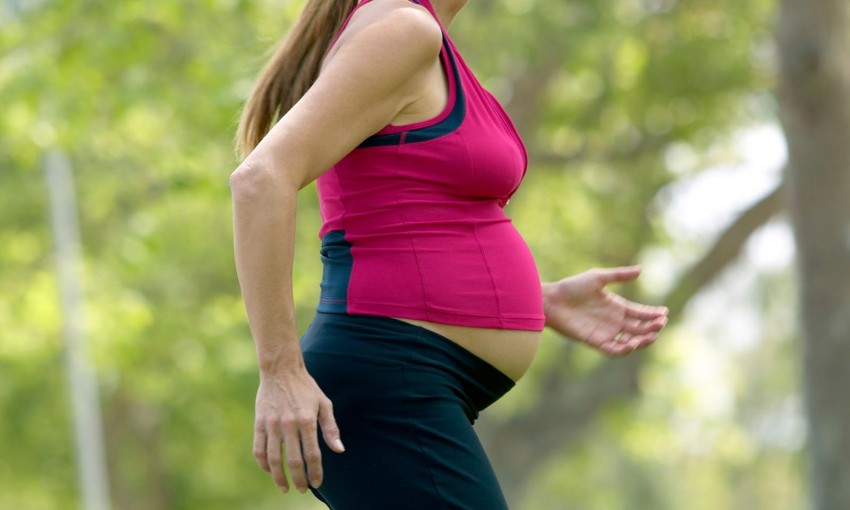 You can step onto a step stand or a ladder rung. Make sure the chosen support is stable.
You can step onto a step stand or a ladder rung. Make sure the chosen support is stable.
Step up the hill, then back down and repeat with the other leg. During the exercise, keep your back straight and fully press the foot to the surface of the platform.
Do as many reps as you can, depending on your fitness level. Stop when you get tired or the form of the exercise begins to suffer.
5. Elbow Side Plank
This exercise strengthens core muscles and helps increase stability and balance.
Lie on your left side, bend your knees so that your thighs are in line with your body. Then lift your body off the floor, resting on your knees and left forearm. Place your right hand on your right side. Hold the position for a few seconds, then lower yourself to the floor and repeat. Do 10 reps on each side.
6. Leg extension with lumbar support
This movement will help strengthen the abdominal muscles.
Lie down on a mat with a folded blanket under your lower back and place your hands on your forearms. Bend your knees at a right angle and place your feet on the mat. Straighten one knee, extending the leg, then return it to the starting position and repeat with the other leg. Do 10 times with each leg.
Bend your knees at a right angle and place your feet on the mat. Straighten one knee, extending the leg, then return it to the starting position and repeat with the other leg. Do 10 times with each leg.
7. Bosu V-Position Hold
You can perform the ab hold while sitting on an unstable platform.
Sit on the Bosu with your knees bent at a right angle and your feet flat on the floor. You can stretch your arms out in front of you or leave them pressed against the platform if you feel insecure.
Lean your back straight and tighten your abs. Hold this pose for a few seconds, then return to the starting position and repeat. Aim for 10 reps.
If you find it easy to do the V-fold on two legs, try doing it on one. When you tilt your body back, lift one leg off the mat and extend it parallel to the floor.
Hold for a few seconds, then return to the starting position. Repeat 10 times and do with the other leg.
8. Seated Stomach Row
This exercise strengthens the muscles of the upper back.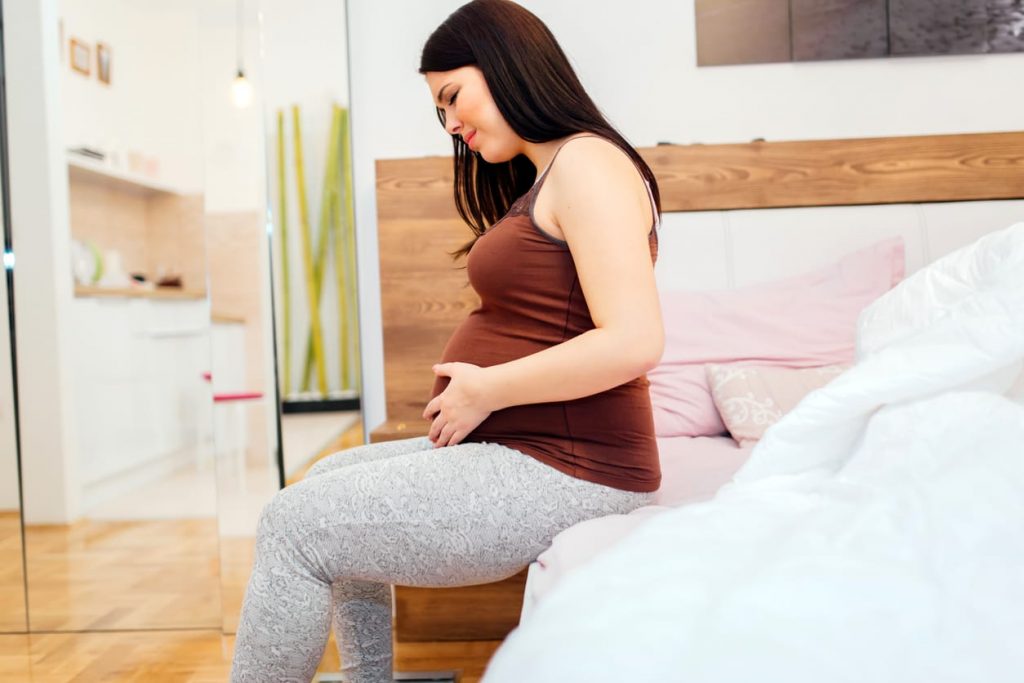
Sit on a chair, press the band with your feet, placing it under the balls of your feet. Grasp the handles or loops of the expander, turning the brushes with your palms facing you. Lean your body forward with a straight back.
Overcoming the resistance of the elastic band, pull the handles to the belt. Feel how your shoulder blades converge. Return to starting position and repeat. Do 15 times.
You can also do this exercise while sitting on a fitball. It is good if there is a person nearby who can insure you in case of loss of balance.
9. Seated Band Deadlift
This exercise will strengthen the back extensor muscles.
Sit on a fitness ball or chair with your feet shoulder-width apart and your feet flat on the floor. Place the expander under the arches of the feet. Holding the handles in straight arms, bend at the hip joint. Bring your belly close to your hips, keeping your back straight, then return to the starting position and repeat.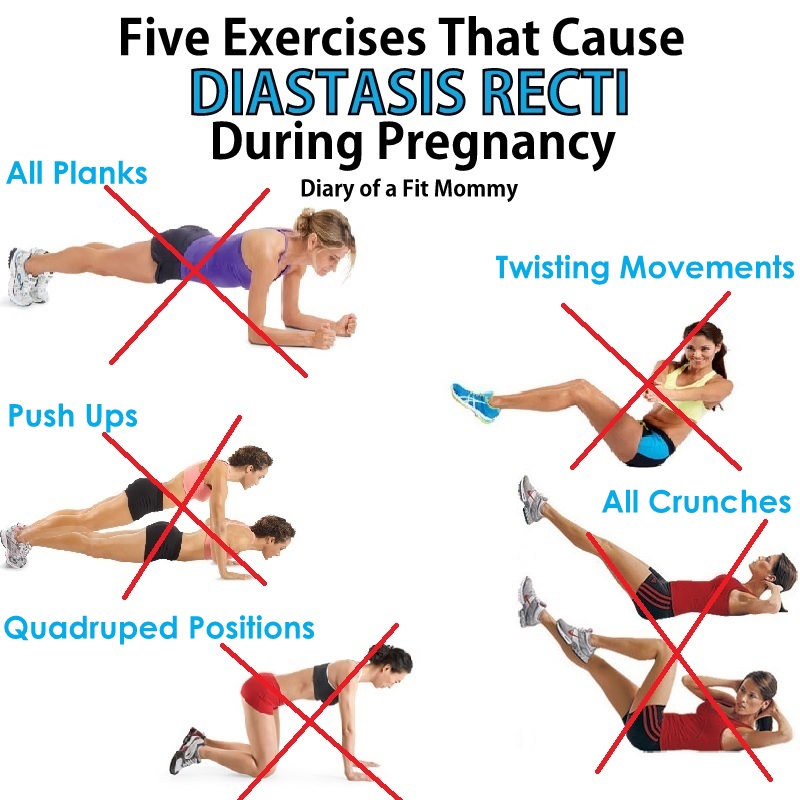 Do 15 reps.
Do 15 reps.
To make this exercise harder, wrap the band around your wrists to provide more resistance and stress on your back muscles.
10. Backbend on all fours
Get on all fours with your knees under your hips and your hands under your shoulders with your fingers forward. Make sure your lower back stays neutral and doesn't arch. Pull in your stomach and raise your back to the ceiling, arching it in an arc. Leave your head hanging relaxed, do not block the elbow joint. Move within a comfortable range.
Hold the pose for a few seconds, then slowly return to the starting position. Again, check that the lower back is in a neutral position, and does not sag in an arch. Perform the exercise slowly and rhythmically 10 times, feel how the back muscles work.
11. Pelvic tilt
Stand up straight with your shoulders and buttocks against the wall, do not strain your knees or lock your joints. Pull your navel towards your spine so that your lower back is fully pressed against the wall. Hold for 4 seconds and relax. Repeat 10 times.
Hold for 4 seconds and relax. Repeat 10 times.
12. Pelvic floor exercises
Squeeze your pelvic floor muscles as if you were about to stop urinating. Pull your vagina in at the same time, as if you were going to wrap around a tampon.
To begin with, do these exercises quickly, contracting and relaxing the muscles. Then move on to slow movements, holding contractions for as long as you can. Try to hold out for 10 seconds.
Do 3 sets of eight compressions each day.
When to stop exercising
Pay close attention to how you feel. Stop exercising if you experience signs of preterm labor and the following symptoms:
- vaginal bleeding;
- dizziness;
- pain or swelling of the legs;
- chest pain;
- reduced fetal activity;
- leakage of amniotic fluid;
- shortness of breath before exercise.
Seek medical advice immediately after stopping exercise.
Read also 🧐
- How and why to practice yoga for pregnant women
- What should be included in the diet during pregnancy?
- Vitamins for pregnant women: what will help and what will harm
Active pregnancy - Healthy Russia
“A woman will have to prepare for one day of childbirth the way an athlete prepares for a performance at the Olympics.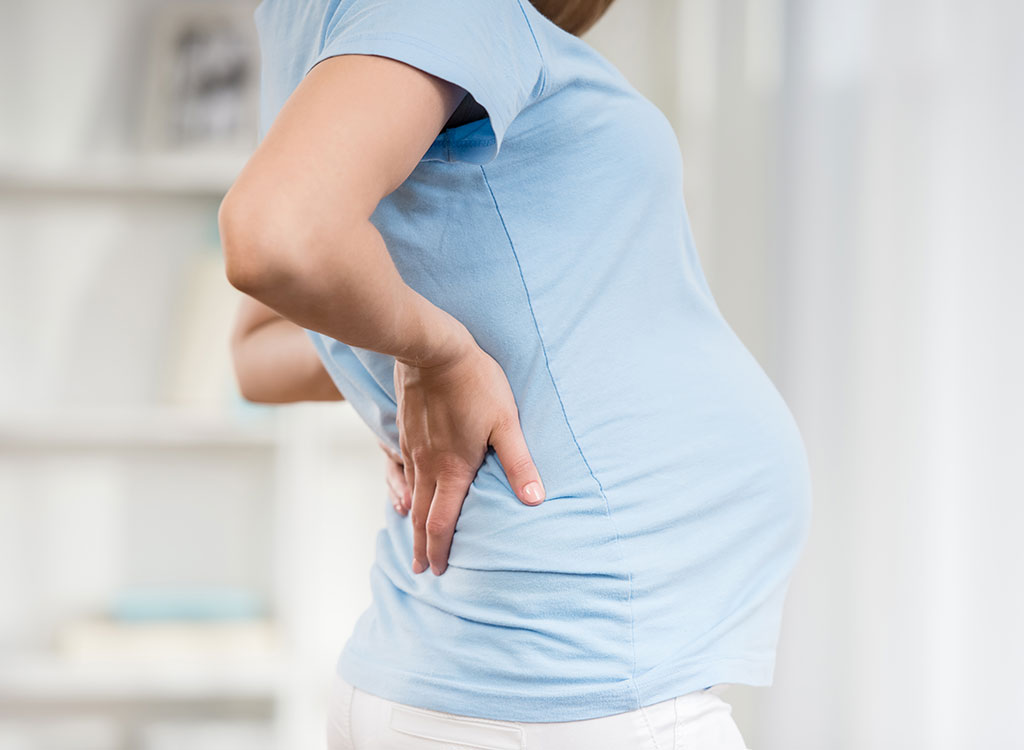 ”
”
Physical activity during pregnancy is essential. After all, all nine months is not only the growth and development of the baby in the womb, but also preparation for childbirth, which in itself is hard physical work. “A woman will have to prepare for one day of childbirth the way an athlete prepares for a performance at the Olympics,” says Marina Makarova, head of the exercise therapy department of the Center for Restorative Medicine and Rehabilitation of the Treatment and Rehabilitation Center of the Russian Ministry of Health and Social Development.
Why is physical activity beneficial?
Daily exercise improves a woman's endurance, flexibility, elasticity and muscle strength, which is essential for a successful birth. In addition, motor activity during pregnancy - a good prevention of its complications : circulatory disorders in the lower extremities, edema, shortness of breath and even depression.
Pregnancy and work
Despite the obvious changes taking place with the body, expecting a child is not a reason to abandon the usual life.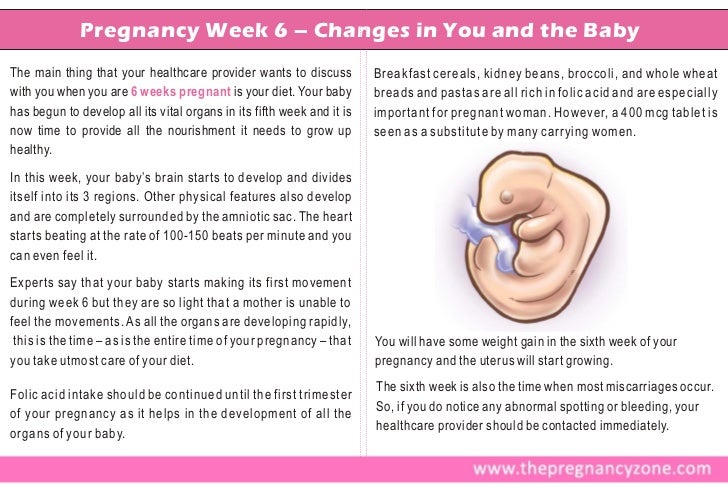
How does physical activity affect a child?
“During the movement, the respiratory and cardiovascular systems of the mother's body are trained, which means that more oxygenated blood flows through the placenta and the baby,” says Makarova. Studies have shown that physically active mothers are less likely to experience toxicosis, fetal growth retardation and complications during childbirth . Good blood supply to the fetus throughout pregnancy will make it easier for the baby to endure the difficult process of childbirth and quickly adapt to a new environment for him.
How will physical activity during pregnancy affect childbirth?
Sufficient preparation of the muscles of the small pelvis, abdominals and the ability to breathe correctly will help to make labor as efficient as possible. “Complications during childbirth, as a rule, are caused by the fact that the woman did not prepare her muscles throughout the pregnancy. After all, it is impossible to prepare for childbirth in any other way, ”explains Makarova. In addition, special exercises that improve the elasticity of the muscles of the perineum will help to avoid serious injuries during childbirth.
After all, it is impossible to prepare for childbirth in any other way, ”explains Makarova. In addition, special exercises that improve the elasticity of the muscles of the perineum will help to avoid serious injuries during childbirth.
How to choose the right activity in the first trimester?
A healthy woman practically does not feel pregnancy in the first trimester - up to 12 weeks. “And, if her doctor believes that the pregnancy is proceeding normally, the woman may well remain physically active. A pregnancy that proceeds without pathologies will not be interrupted during this period from stress, ”says Makarova. However, at this time it is worth excluding: 1. Too intense physical activity - marathon running, cycling, weight training. 2. Injury sports - rollerblading, wrestling, mountaineering, equestrianism, diving. But moderate exercise - dancing, gymnastics, swimming, walking - will only benefit the expectant mother at this time.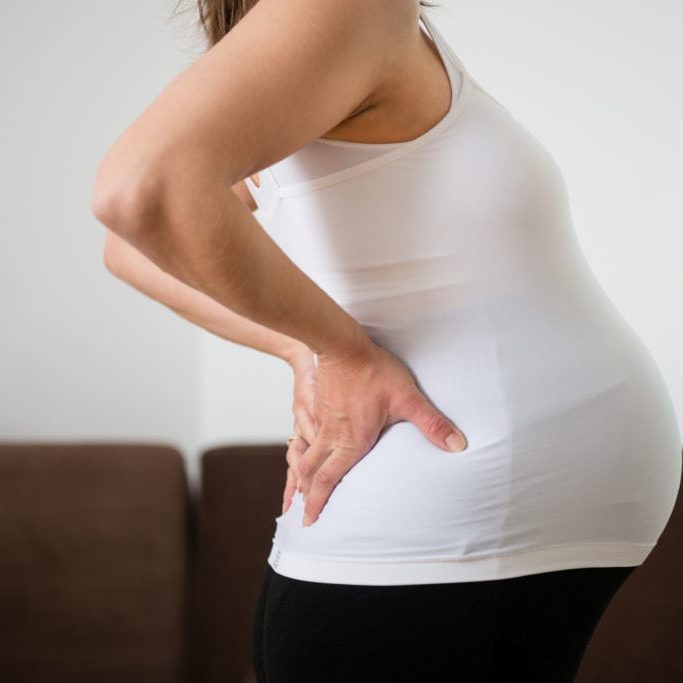 Provided that the attending physician has not found any threat to the developing pregnancy.
Provided that the attending physician has not found any threat to the developing pregnancy.
How to choose the right activity in the second and third trimesters?
And again the words of a specialist: “Until 20-22 weeks of pregnancy - the approximate period when fetal movements begin to be felt - the uterus has not yet left the pelvic cavity and does not interfere with movement. With well-trained abdominal muscles, until this time, the stomach may not yet be noticeable. But later, when the uterus extends beyond the pelvis, sudden movements become dangerous. Harmful load on the perineum, deep squats, tension in the press and muscles of the small pelvis, running, jumping, jumping. If the doctor who leads the pregnancy does not mind, you can perform special exercises for pregnant women every day, you will find them on our website. Exercises prepare the back muscles for a change in the volume of the abdomen, an increase in body weight and a shift in the center of gravity. Exercise is very important in the second half of pregnancy, relieves stress on the legs and allows them to prepare them for increased stress in late pregnancy. In addition, Makarova recommends starting from the 20th week to start doing breathing exercises, combined with exercises for relaxation and improving muscle elasticity, which you can find on our website in the gymnastics section for pregnant women. Many women feel well and continue to lead a fairly active lifestyle until the very birth. But is it necessary to continue doing gymnastics in the last weeks of pregnancy, only the doctor who leads your pregnancy can say. He will tell you what load to choose, and what restrictions to observe.
Exercise is very important in the second half of pregnancy, relieves stress on the legs and allows them to prepare them for increased stress in late pregnancy. In addition, Makarova recommends starting from the 20th week to start doing breathing exercises, combined with exercises for relaxation and improving muscle elasticity, which you can find on our website in the gymnastics section for pregnant women. Many women feel well and continue to lead a fairly active lifestyle until the very birth. But is it necessary to continue doing gymnastics in the last weeks of pregnancy, only the doctor who leads your pregnancy can say. He will tell you what load to choose, and what restrictions to observe.
Safety
Be sure to consult your doctor with any change in exercise. Tell him in detail about the change in your condition, discomfort and strange symptoms. Specify which load can be considered the minimum, and which - the maximum.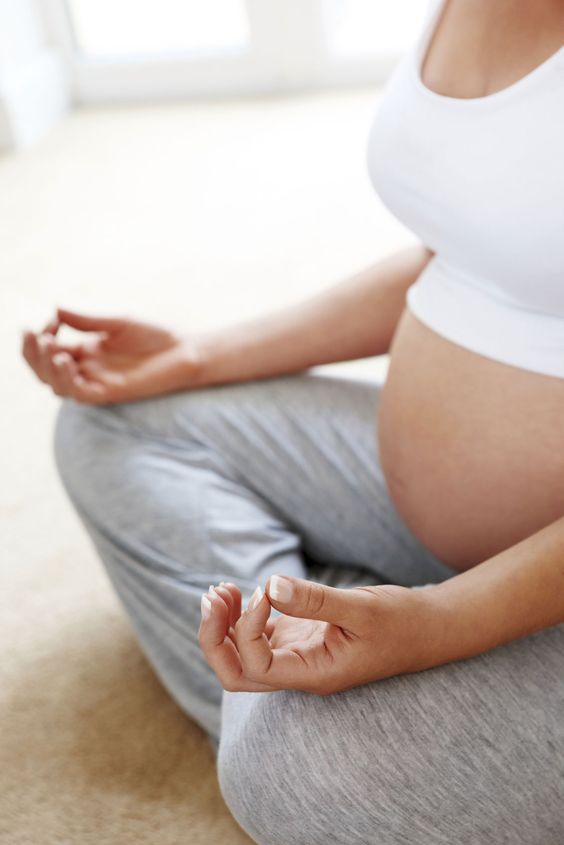
Meals for pregnant women: more often, less, not "for two"
How to maintain a balanced diet so as not to gain excess weight? A few practical tips.
Eat right and varied . During pregnancy, your goal is not to lose weight, but to exercise. Therefore, in the diet of a pregnant woman, there should be enough nutrients so that the body has enough energy for classes. Wear loose-fitting, breathable clothing to class, monitor your perspiration and drink enough fluids to avoid overheating. Monitor your pulse and breathing . The optimal training regimen for pregnant women is considered to be aerobic exercise - when the pulse is kept no higher than 75 percent of the maximum heart rate, which is calculated using the formula "220 minus your age in whole years." That is, if you, for example, are 28 years old, then the pulse during exercise should not exceed 144 beats per minute. Do not force classes .

